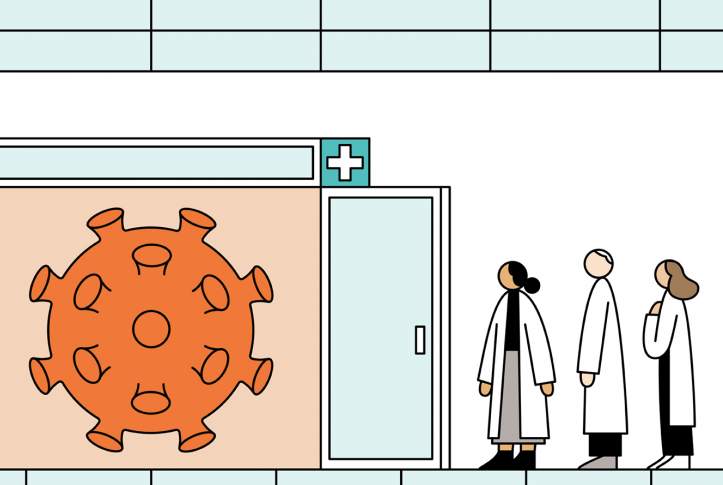250 Nurse Evidence-Based Discussion – Answered
250 Nurse Evidence-Based Discussion – Answered
Due 9/25 12 pm EST250 WORDS not including title and reference APAAs you complete the gathering and evaluation of the evidence, it’s important to review the significance and next steps related to EBP. Consider the following questions in your discussion post: How does a nurse know what (if any) knowledge in a research study is usable for clinical practice? What would a critical thinker look for in the evidence before deciding to change? What influence do credibility and clinical significance have on your decisions to integrate research-based evidence into your practice? Responses need to address all components of the question, demonstrate critical thinking and analysis, and include peer reviewed journal evidence to support the student’s position. Please be sure to validate your opinions and ideas with citations and references in APA format. All posts should be supported by a minimum of one scholarly resource, ideally within the last 5 years. Journals and websites must be cited appropriately. Citations and references must adhere to APA format (250 Nurse Evidence-Based Discussion – Answered).
Answer
Evaluating Evidence for Clinical Practice
To determine the usability of knowledge from a research study for clinical practice, nurses should assess several key factors. First, they must evaluate the study’s relevance to their specific clinical setting and patient population. This includes examining whether the study addresses a pertinent clinical question and if the findings are applicable to the cases they encounter in their practice (Melnyk & Fineout-Overholt, 2019).
A critical thinker would scrutinize the methodology of the study, including the design, sample size, and data collection methods. They would seek evidence of scientific rigor such as randomization, blinding, and control groups, which enhance the reliability and validity of the results. The statistical significance and effect size of the findings are also crucial; significant results with substantial effect sizes suggest that the evidence could lead to meaningful changes in patient outcomes (Polit & Beck, 2021).
Credibility plays a significant role in integrating research-based evidence into practice. Nurses should consider the authorship and publication source, ensuring the research is conducted by reputable experts and published in peer-reviewed journals. Additionally, they should evaluate the consistency of the findings with other studies and guidelines to ensure the evidence is robust and not an anomaly (Stetler et al., 2014).
Clinical significance refers to whether the research findings lead to improvements in patient care that are meaningful in real-world settings. Even if a study is statistically significant, it may not be clinically relevant if the changes it suggests do not have a practical impact on patient outcomes (Polit & Beck, 2021). Nurses should integrate evidence that demonstrates both statistical and clinical significance to ensure the changes they implement will effectively enhance patient care.
References
- Melnyk, B. M., & Fineout-Overholt, E. (2019). Evidence-based practice in nursing & healthcare: A guide to best practice (4th ed.). Wolters Kluwer. https://cmc.marmot.org/Record/.b60769117
- Polit, D. F., & Beck, C. T. (2021). Nursing research: Generating and assessing evidence for nursing practice (11th ed.). Wolters Kluwer.
- Stetler, C. B., Ritchie, J. A., Ritchie, J., & Scott, C. (2014). The Stetler Model of Research Utilization: An Overview. In B. M. Melnyk & E. Fineout-Overholt (Eds.), Evidence-Based Practice in Nursing & Healthcare (pp. 97-116). Wolters Kluwer.
250 Nurse Evidence-Based Discussion – Answered











